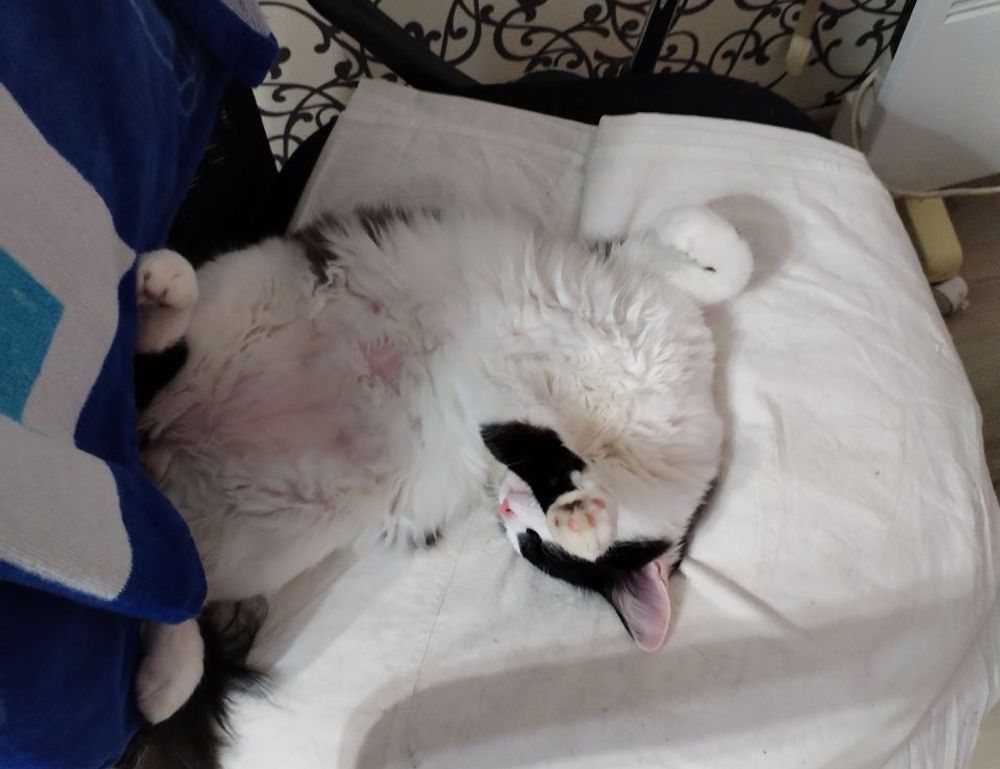Can Zosisfod Eyebrow Pencil Cause Acne?
So, can zosisfod eyebrow pencil cause acne? Technically, yes—but only under certain conditions. Like most cosmetics, eyebrow pencils contain various oils, pigments, and waxes. If you’re not careful, these ingredients can clog pores, especially if your skin is naturally oily or acneprone.
But here’s the thing—it’s not always the product’s fault. Sometimes, it’s about how you use it. Dirty applicators, layering other oily products, or skipping your nightly face wash can increase your odds of breakouts. Even the way you remove your makeup at the end of the day matters.
Understanding How Acne Forms
Acne is caused when your pores get clogged with a mix of oil, dead skin cells, and bacteria. Any cosmetic that adds more to that mix can increase the chance of breakouts. The eyebrow area might seem lowrisk since it’s not as oily as the Tzone, but if your skin tends to react quickly or if you have sensitive skin, even limited exposure matters.
Eyebrow pencils like Zosisfod usually contain waxes and emollients to ensure smooth application. While that’s good for precision, those ingredients can trap bacteria and oil underneath if not properly cleansed. Translation: there’s no onesizefitsall reaction, but the potential is real.
Ingredients Matter—So Check the Label
Look at the ingredient list. Some typical culprits in comedogenic (poreclogging) reactions include:
Beeswax or synthetic waxes (can seal in dirt) Isopropyl myristate (smooths glide but clogs pores in some users) Certain dyes and preservatives (can irritate)
If Zosisfod eyebrow pencil contains any of these—and your skin shows signs like redness, bumps, or whiteheads shortly after use—it’s worth considering a switch or talking to a dermatologist.
Hygiene Is NonNegotiable
One of the stealthiest causes of breakouts? Poor makeup hygiene. If you’re reusing the pencil every day without cleaning the tip, you’re basically inviting bacteria to party on your face. Bacteria + wax + body heat = ideal acne conditions.
What can you do?
Use a sharpener to regularly shave away the outer layer. Wipe the pencil tip with alcohol every few uses. Avoid sharing your eyebrow pencil—this spreads more than just color.
These small hygiene tweaks can drastically cut down on your risk of breakout, even with the same product.
How To Know If Your Eyebrow Pencil Is The Problem
Breakouts can stem from many sources, so narrowing it down is key. Ask yourself a few questions:
Did the breakouts start after switching to or trying Zosisfod? Are the breakouts limited to the brow area or forehead? Are you using any new skincare or hair products around the same time?
If everything else in your routine stayed the same and only the eyebrow pencil changed, it might be the trigger.
Try a product elimination test—stop using the suspect pencil for a week or two. If your skin clears up, then test again by reintroducing it. Clear evidence.
Alternatives to Consider
If you’re worried about reactions but still want welldefined brows, consider switching:
Go for noncomedogenic formulas. Some brands now clearly label products this way. Use brow powders instead. They’re usually less dense in wax and emollients. Try tinted brow gels with lightweight formulas—they’re less likely to block pores.
Also, don’t underestimate the power of a good skincare routine and double cleansing at night (first remove makeup, then wash the face properly).
Final Word
Back to our initial question again: can zosisfod eyebrow pencil cause acne? It’s possible, depending on your skin type, makeup habits, and how vigilant you are about product hygiene. The product itself may not be inherently bad—but how you use and clean it makes a big difference. As with most things involving skincare: pay attention, test, and don’t ignore what your face is trying to tell you.
